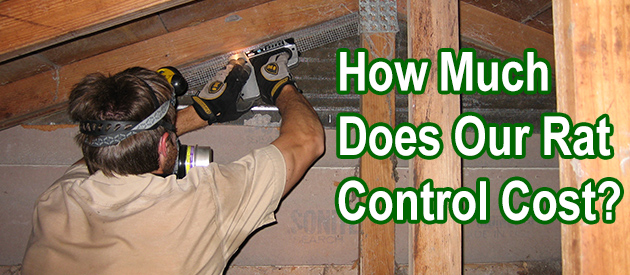Pierce County, Tacoma Rat Control Situation:
Hi. I've recently moved into a tiny cottage in the country. Spent all I have renovating it and it has a tiny crawl space attic which I have filled with insulation. I heard noises for the past two three days and on inspection I saw prices of pipe covering shredded in two or three areas. Little or no money David (I live in Tacoma WA) and can't afford outside agency. What do you suggest? Old rat traps? I think local DIY store sell them. I couldn't find entry point as the space is so tiny and I've put lots of insulation down.
Hey thanks for your web page, can you tell me what sort of fogger your use? will any fogger work with Bac-Azap?, I have a big basement area that was infected with many rats, I have removed as much of the insulation and debris as possible but it still smells so i guess i have to fog with this product. Do you use the product full strength in the fogger?
First off, great website; lots of helpful info. Secondly, I've spotted (and caught) at least one rat in my garage. I've watch them before going through holes in the wall and climbing up to the attic. If I seal up these holes in the garage, do I still need to set traps in the attic or can I just set traps in the garage to catch any that remain? Thanks for your help. Was also wondering about vacuuming out insulation when you have found animals in attic? Whats your take on that?
I really love your informative site. I have had rats in my attic for years and finally had all the entry points sealed (per your sites suggestion). Four rats were left stuck in my attic. After 48 hours they got hungry and I live trapped 3 of them within a 12 hour period. Unfortunately the fourth rat became trap shy. After 7 days (i put down water in a bowl) I gave up with the live trap and moved to snap trap. Those damn traps just wounded the poor thing and I had to listen to it suffer for 12 hours before it finally died in the wall. I just wanted to say that I dont think the live trap rats will die outside immediately. My yard has many rats living outside. We have a fountain in the back to drink from. My wife puts down bird seed every night. They have to leave my house at night to eat anyway. I have no doubt they live just fine outside with the other rats. So, I don't think live trapping is quite so bad for them.
Tacoma Rat Control Tip of The Week
Tips To Find And Remove A Dead Rat
Rats sneak into hard-to-reach areas. They sometimes end up dying of hunger, trapped by the walls or the elements of the roof. A foul odor can fill the room after a few days, causing discomfort to occupants and threatening their health. Here are some tips for dealing with this case.
Identify And Dislodge The Remains Of The Rodent.
The smell is the first tool to locate the carcass of a dead rat. Therefore, it is necessary to walk in the concerned area, keeping your nose near the walls, pipes, or the ceiling, for example. The carcass is located where the odor emanates the most. Equipped with gloves and tools like a saw, screwdriver, flashlight, etc., you have to create an opening to remove the carcass. It is important to disinfect the area where the dead rat was found to avoid more serious illnesses.
What To Do With The Carcass?
The law prohibits dumping any animal carcass in waterways, garbage cans, public roads, or any other place. As soon as the dead rat is dislodged, it should be placed in a sealed plastic bag. Only then will it be possible to put it in the trash. However, it is best to burn the remains if possible. Burial is also possible, but there is a minimum of depth to be respected.


